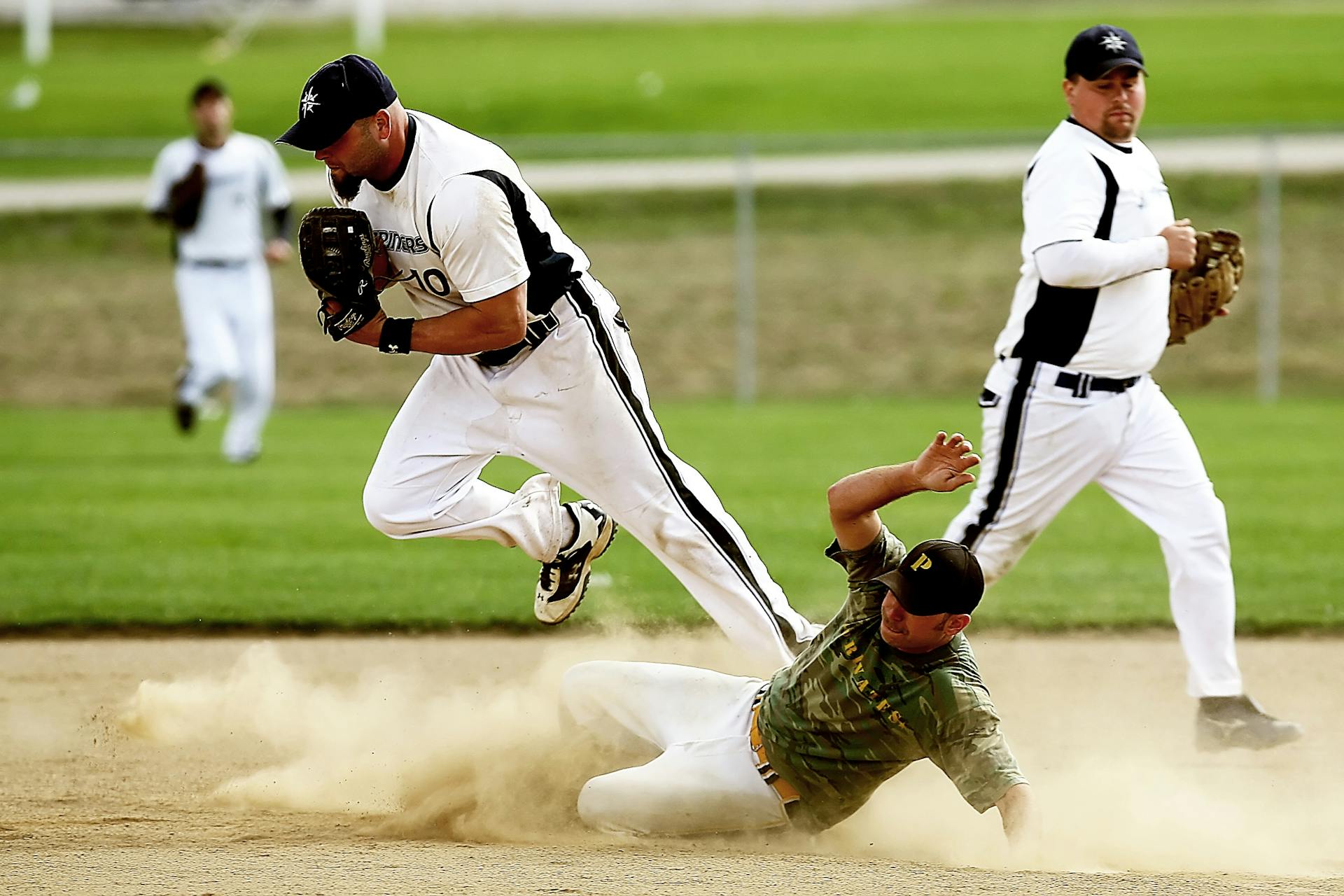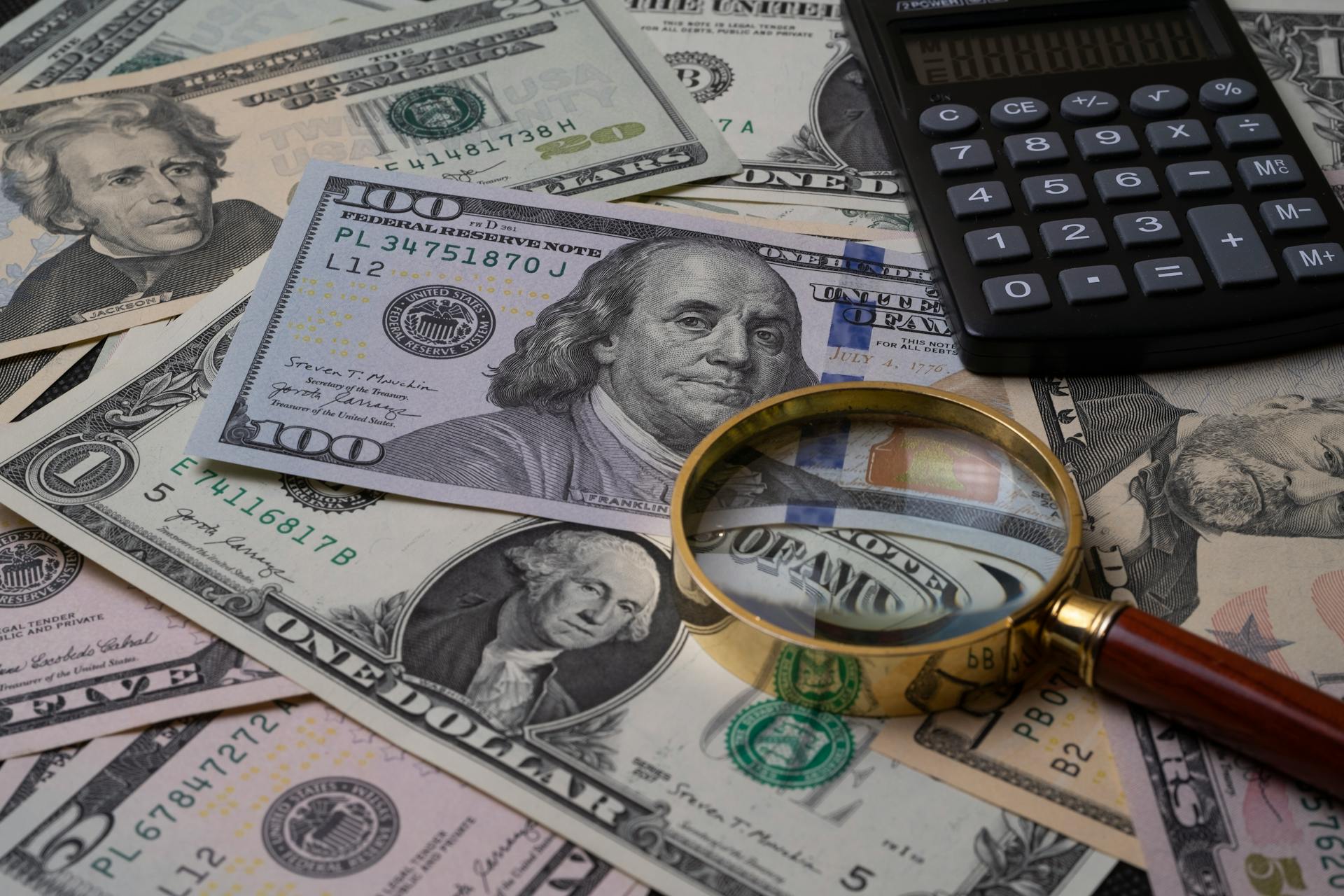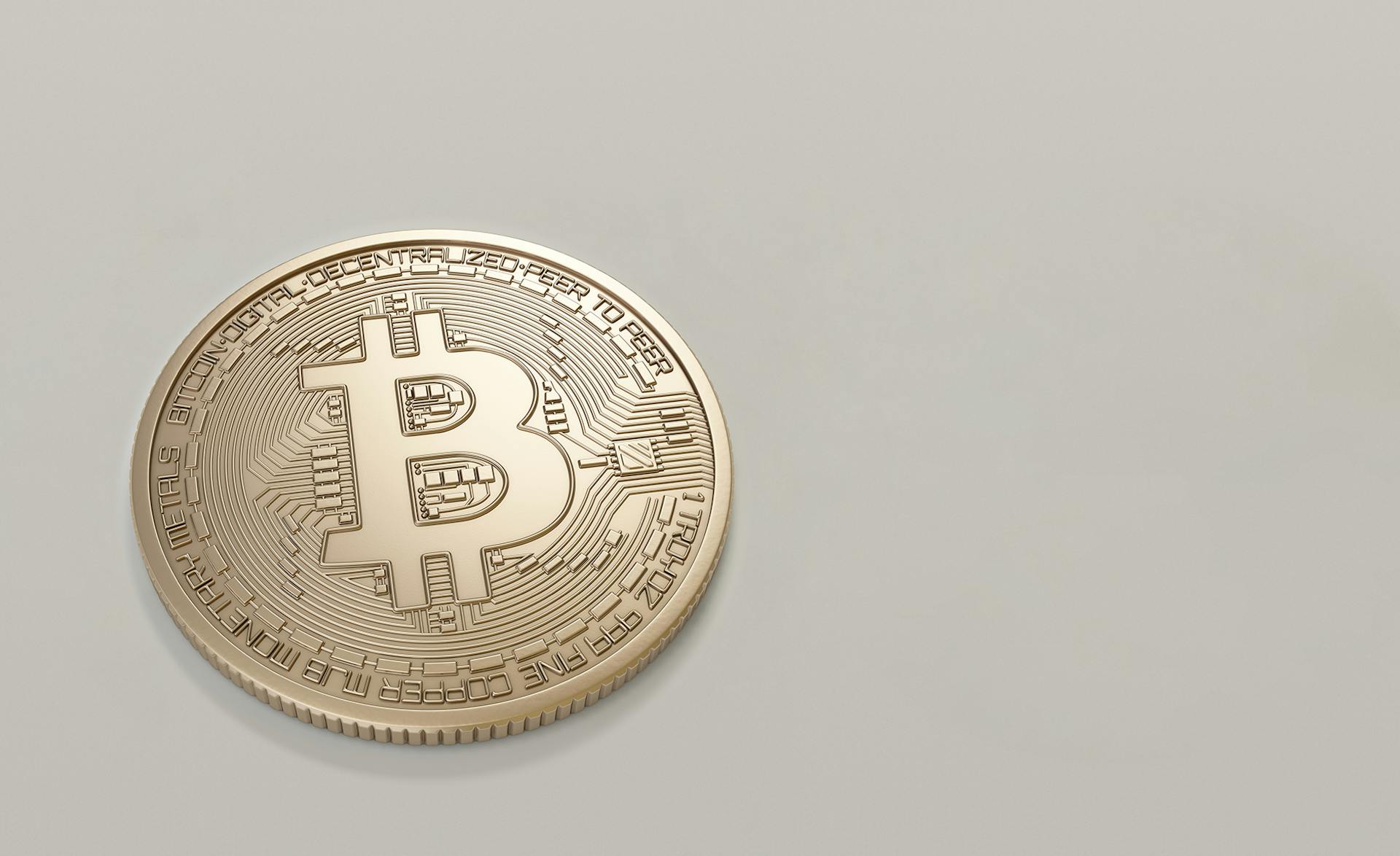
If you've been a victim of a hit and run, the first step is to contact your insurance company as soon as possible.
You'll need to provide them with as much information as you can about the incident, including the location, time, and any details about the other vehicle involved.
Your insurance company will guide you through the process of filing a claim, which typically starts with a phone call or online submission.
Be prepared to provide your policy number and a detailed description of the damage to your vehicle.
Understanding Insurance Coverage
If you're involved in a hit-and-run accident, understanding your insurance coverage is crucial. In most states, a driver who flees the scene of an accident will be considered "uninsured" by your insurance company.
If you don't carry collision coverage, consider Uninsured Motorist Property Damage (UMPD) for damage to your car caused by a hit-and-run incident. UMPD coverage is mandated in some states, available in others, and relatively inexpensive to add to your policy.
In a hit-and-run accident, your insurance company will generally treat the at-fault driver as "uninsured." If you have UMPD coverage, it can help cover the cost of car repairs and other property damage caused by the crash.
Curious to learn more? Check out: Will a Hit-and-run Claim Raise My Insurance Progressive
Collision Coverage
Collision coverage is a type of insurance that protects you against physical damage to your car caused by impact with another vehicle or a stationary object, regardless of fault. If your vehicle is damaged in a hit-and-run, collision will help cover the cost to repair or replace it after paying your deductible.
Collision coverage is optional, but if you have a car loan or lease, it's probably required by your lender. If you don't carry collision coverage and can't find the driver responsible for a hit-and-run accident, you'll likely pay out of pocket for the damages.
Here are some key things to know about collision coverage:
- Collision coverage typically has a deductible you'll need to pay out of pocket.
- If you are the victim of a hit-and-run accident, you should be able to file a claim with your collision coverage, regardless of whether you have the other driver's information or not.
- Even if you are not at fault for the damages, you still have to cover your deductible.
- You can attempt to recoup your deductible from the at-fault driver.
In most cases, collision coverage is not a requirement unless you have a car loan that is not yet paid off or your car is leased. Many lenders require drivers to purchase this coverage. If you're unsure about your collision coverage, it's always a good idea to review your policy or contact your insurance provider for more information.
Additional reading: Not at Fault Insurance Claim
Raising Your Premium
Filing a claim with your own auto insurance company can lead to a rate increase, even if you weren't at fault.
If you're involved in an accident and the other driver is at fault, filing a claim with their insurance generally won't raise your rate. However, some insurance companies may still increase your rate, regardless of fault.
Filing a hit-and-run claim on your auto insurance will go on your insurance record, which can impact your premium over time. The frequency of your claims is a key factor in determining your premium.
Filing a claim with your own insurance company for a parked car that was hit by someone can also lead to a rate increase, as it's considered a claim, regardless of fault.
You might like: Car Insurance Claim Depreciation
Handling a Hit and Run
If someone hits your parked car and leaves the scene, it's considered a hit-and-run, and you should contact the police to file a report. The police might be able to help you identify who hit your car.
For more insights, see: Police Report for Insurance Claim
You'll need to check your insurance policy details to see which coverages you have to protect you against a hit-and-run. Depending on the state, you may need collision or UMPD coverage for the damage to be covered.
Here's a step-by-step guide to follow in case of a hit-and-run:
- Contact the police to file a report
- Check your insurance policy to see which coverages you have
- Look for witnesses who may be able to provide additional details
What to Do After Hitting a Car
If you hit a parked car, don't leave the scene. It's a crime to leave, and you could be charged with a hit-and-run.
You should wait to see if the person returns to their car and exchange information. If the person is not at their car, leave a note with your name, contact information, insurance company, and an explanation of the accident.
After hitting a parked car, notify your insurance company so they're aware of the incident before the vehicle's owner files a claim. This will help ensure a smooth claims process.
If someone hits your parked car, stay at the scene and follow a similar process to hitting a parked car. Take photos and contact the authorities to file a police report, and then contact your insurer to file a claim if necessary.
Here are the steps to follow if someone hits your parked car:
- Don't leave the scene or move your car
- Locate the person who hit your car and exchange information (if possible)
- Take photos and contact the authorities to file a police report
- Contact your insurer and file a claim if necessary
Hit and Run
A hit-and-run can be a stressful and frustrating experience. If someone hits your parked car and leaves the scene, the accident could be considered a hit-and-run, a crime that you should report to the police. The police might also be able to help you identify who hit your car.
To handle a hit-and-run, the first thing you should do is file a police report. This will help you create a record of the incident and may also help identify the person who hit your car. Depending on the state, you may need collision or uninsured motorist property damage (UMPD) coverage in order for the damage to be covered.
If you don't have collision or UMPD coverage, you'll likely have to pay out of pocket for any needed repairs. However, if you do have coverage, your insurance should help cover the damages.
Here are some steps to take if you're involved in a hit-and-run:
- File a police report
- Contact your insurance company to see which coverages you have to protect you against a hit-and-run
- Look for witnesses who may be able to provide additional details
- Call the number on any note left by the person who hit your car, if applicable
Free Consultation with a Tampa Attorney
If you've been injured in a hit-and-run accident, it's essential to seek the help of an experienced attorney. A hit-and-run accident Tampa lawyer can guide you through the process and help you get the compensation you deserve.
Contacting a reputable law firm, like Jack Bernstein, Injury Attorneys, is a good first step. You can schedule a free consultation to discuss your case and see what it may be worth.
Reaching out to a law firm that specializes in hit-and-run accidents can provide you with valuable expertise and support. Don't hesitate to take advantage of a free consultation to explore your options.
Intriguing read: Will a Hit-and-run Claim Raise My Insurance
Insurance Claim Process
Filing a claim for a hit-and-run accident can be a bit tricky, but knowing the process can help.
If you file a claim for injuries under UMBI, you likely won't have a deductible to pay.
You should consider getting a repair quote and making sure the costs will exceed your deductible before filing a collision claim for hit-and-run damages to your vehicle.
A deductible will likely apply if you file a hit-and-run claim under UMPD, especially if you don't have collision coverage.
For your interest: Does Insurance Cover Hit-and-run Parked Car
Insurance Coverage Types
Insurance coverage for hit-and-run accidents can be categorized into two types: property damage coverages and bodily injury coverages.
Collision coverage protects you against any physical damage to your car that was caused by impact with another vehicle or a stationary object, regardless of fault.
Collision coverage is optional, but if you have a car loan or lease, it's probably required by your lender.
Uninsured motorist property damage (UMPD) coverage is available in most states and is relatively inexpensive to add to your policy.
UMPD coverage typically has a deductible you'll need to pay out of pocket.
If you don't know or can't prove who hit your car but have collision or UMPD coverage, your insurance should cover the damages.
You should contact your insurance provider to see if you carry collision, UMPD, UMBI, or med pay coverage that can cover expenses if you’re the victim of a hit-and-run crash.
Take a look at this: Storm Damage Insurance Claim
Sources
- https://01insurance.com/blog/how-insurance-companies-handle-hit-and-run-claims/
- https://www.progressive.com/answers/hit-and-run-insurance/
- https://www.powell.law/understanding-kentucky-hit-and-run-claims
- https://www.progressive.com/answers/parked-car-accident/
- https://bernsteininjurylaw.com/blog/insurance-coverage-for-hit-and-run-accidents-explained/
Featured Images: pexels.com


